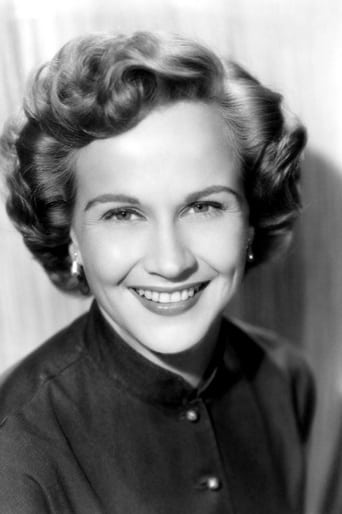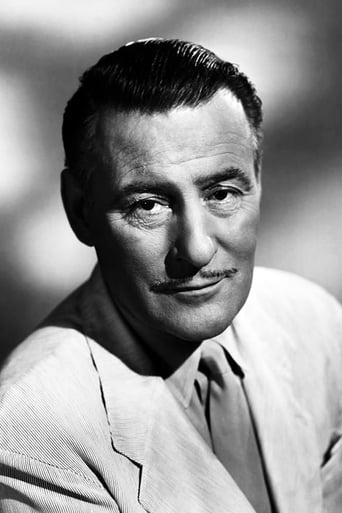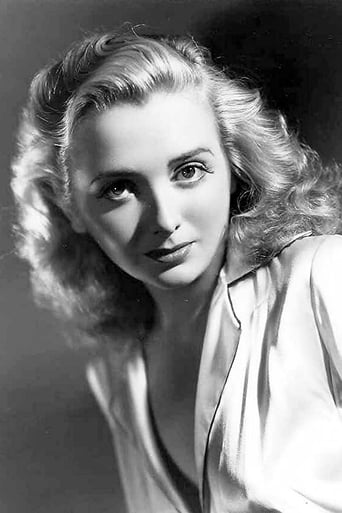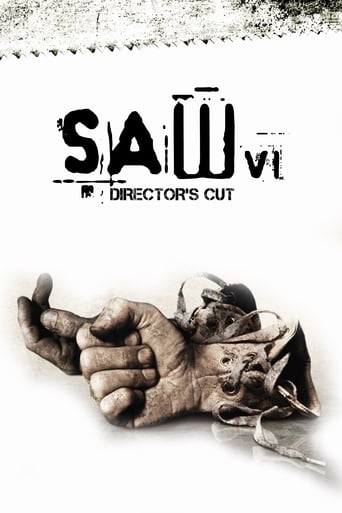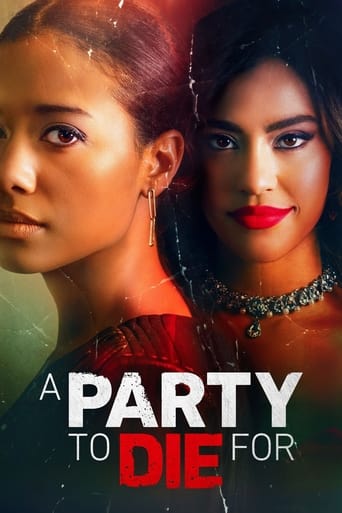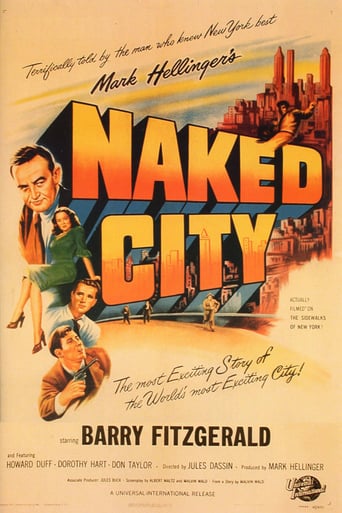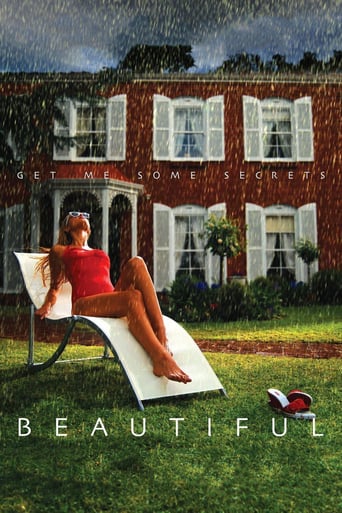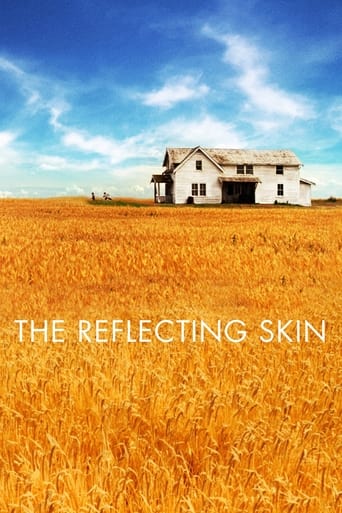The Seventh Victim (1943)
A woman in search of her missing sister uncovers a Satanic cult in New York's Greenwich Village and finds that they could have something to do with her sibling's random disappearance.
Watch Trailer
Free Trial Channels
Cast


Similar titles
Reviews
Absolutely brilliant
Absolutely amazing
I think this is a new genre that they're all sort of working their way through it and haven't got all the kinks worked out yet but it's a genre that works for me.
A film of deceptively outspoken contemporary relevance, this is cinema at its most alert, alarming and alive.
Schoolgirl Kim Hunter (Mary) is called to the office of the Headmistress Ottola Nesmith and told that she can no longer stay on as a pupil as her sister Jean Brooks (Jacqueline) has stopped paying her fees. More than that, Brooks seems to have gone missing. So, Hunter goes off to find her. But Brooks isn't so easy to locate.This film leaves you with scenes stuck in your mind, so it's good from that perspective. It is also well shot with an eerie atmosphere. Scenes that stand out include the sequence with Hunter and a detective exploring an office at night and the subsequent spooky train ride, a shower scene that will make you think of "Psycho" (1960) and pretty much every scene with Brooks. Fancy a drink? – no thanks but the pressure is on. And how about that ending? Wow, pretty bleak stuff. Especially coming after what had me cringing as we watched God and the Bible being used as a tool to counter Satan and his ways in an extremely simplistic way.Amo, Amas, Amat, Amamus, Amatis, Amant – remember your Latin from school? The 'ablative absolute' and the 'ut' clause (use the subjunctive). Quamquam. This film also throws in some Latin and I'm glad to hear it. It takes the viewer back to a time sadly long gone as we hear schoolgirls reciting the verb 'Amo' – to love. The day will come when a generation will watch this film and not understand what language it is.The cast are OK with Jean Brooks standing out. Her look suggests she is leader of the occult movement rather than a victim of it. And all of her scenes are quality – some genuinely scary, and all unworldly because of her appearance. That ending with the neighbour comes as a shock and leaves an eerie memory that will have you thinking about how we view life. It's an interesting film and sad.
For a few years in the early 1940s a small, B-feature producer achieved something very unusual within the Hollywood industrial system: a series of personalised films featuring a repertory company of performers, directors, writers and technicians. The producer, a Russian émigré who anglicised his name to Val Lewton, had been kicking around Hollywood for years, initially as a writer and then as a gofer for David Selznick, before RKO gave him an opportunity to produce B movies. These had to be completed in six weeks, produced in the studio lot using existing sets and on a shoestring budget. The first, Cat People, was an enormous success. Thereafter, he was saddled with increasingly crass titles (I Walked with a Zombie, The Leopard Man, Curse of the Cat People) which belied the haunting and melancholic quality of the films themselves. Despite the restrictions, Lewton proved a shrewd operator. Using inexperienced directors with ambition (Mark Robson directed The Seventh Victim and others who owed long future careers to Lewton included Robert Wise and Jacques Tourneur), Lewton was able to create an ensemble of considerable talent, over which he presided with a unifying sensibility unlike that of any other producer, with the possible exception of his former boss, David Selznick. The Seventh Victim was the first of the series not to attract a lurid title and, possibly in consequence, did less well than others. The film defies genre: neither thriller nor horror film but with elements of both, the plot is a quest. Mary Gibson (Kim Hunter) is told by the head teacher of her boarding school that she will have to leave because her sister Jacqueline (Jean Brooks) has stopped paying the fees and disappeared. Mary travels to New York where she makes chilling discoveries about her sister's life. Along the way, Lewton's script provides his trademark moments of shock and black humour (an elegant one-armed woman is asked to play the piano and deal cards) and provides ample evidence of the influence Lewton's work had on his friend, Alfred Hitchcock, and Roman Polanski. At 78 minutes the film is a model of spare story-telling though, inevitably, the strictures of budget, time (filming took only 24 days) and studio control had some impact on performances. These are mitigated by the availability of RKO's house team of designers, director of photography, Nicholas Musuraca and composer, Roy Webb, which lends it a visual and aural richness well beyond its means. The Seventh Victim's uniqueness, however, is that, like the John Donne sonnet with which it opens and closes, it is a meditation on death, quite unlike anything else of its time and place, personified by the beautiful and haunted face of Jean Brooks as she walks the rainy streets of a studio-bound Manhattan. Lewton went on to produce seven more films at RKO in the next three years before a making a series of disastrous career choices that limited his output to only two further films before his death of a heart attack at the age of 46 in 1951. Footnote: Intrigued by his lack of further credits, I recently looked up the career details of one of the actors in The Seventh Victim, Erford Gage, only to discover that he was killed in action on Iwo Jima in 1945, some 18 months after The Seventh Victim was released.
A girl (Kim Hunter in her film debut) searches for her missing sister in New York City and stumbles across cult of devil-worshippers. Eerie chiller is the fourth of producer Val Lewton's famous psychological horror films at RKO. Director Mark Robson does a great job in creating an unsettling and spooky atmosphere. The film's only significant flaw is the romantic subplot. This part is forced and rushed, even moreso than was typical of romance in films of the time where "love at first sight" was the rule not the exception. The thirteen year age difference doesn't help. Overall, it's an effective and moody film that has film noir touches and a bleak but memorable ending.
Mark Robson directed this bleak yet fascinating horror film that stars Kim Hunter as Mary Gibson, who leaves her private school to search for her older sister Jacqueline(played by Jean Brooks) in New York City, where she meets her husband(played by Hugh Beaumont) who is also concerned about her. Dr. Louis Judd(played by Tom Conway) knows the whereabouts of Jacqueline, who is in hiding from a satanic cult angry with her for breaking the code of silence about their group, and is now hopelessly depressed. Can she be saved from the cult and herself? Eerie and effective film creates a palpable sense of melancholy, with Elizabeth Russell quite good as Mimi, a neighbor of Jacqueline's that is also struggling with depression, but takes a different road... and Dr. Louis Judd returns(?) from "Cat People" - though this is not a sequel, more of a one-time further use of the character(who must have survived Irina's attack!)






